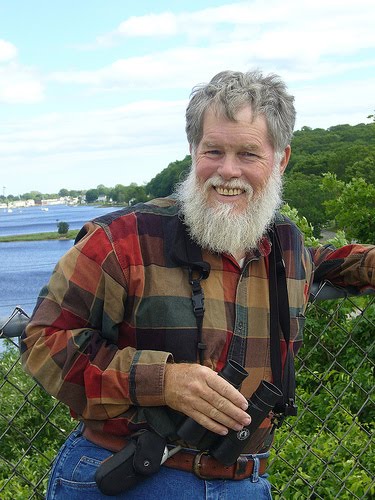I work on what used to be an island.
Except for the white sand, it doesn't look like an island until you look at the plants and animals.
They're unusual because they don't live anywhere else except a couple of narrow strips of land in the middle of Florida and only only the parts of those strips that haven't been bulldozed.
I've been out here four years now.
The first thing I did was to pile up the tons of jetsam that had reached the island. I called some friends and we got rid of it. Meanwhile, I was exploring, trying to learn the island's secrets.
The island takes time to know.
I've done a lot of things here, which I will discuss later, but today I want to talk about my terraforming project.
Inside the fence on this otherwise unbulldozed piece of the island someone cleared a fire lane and pushed several cubic yards of sand against the wood's edge.
My terraforming involves manually digging out the sand, removing the trash, tree limbs, palmetto roots and other debris and trying to put the earth back as it was, with a few changes. I'm building small dunes as befit an island. This make take some time, but time is something that nature has. My dream is to revegetate the dunes with native plants. I want Lopsided Indian Grass. I want Britton's bear grass. I want rosemary. I want something besides the trashy looking natal grass, guinea grass and cogon grass that says ruderal, unkempt land as much as anything else in this part of the world. I want Liatris ohlingerae. I want Asceplias tuberosa. I want a lot.
I'll let you know how it's going and I'll tell you more about what's gone before.
Respectfully,
Ridgeboy

